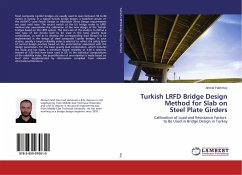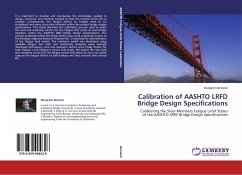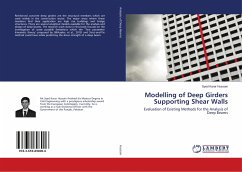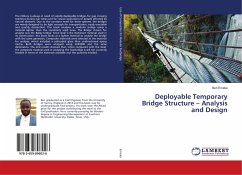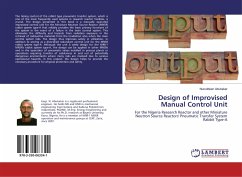Steel composite I-girder bridges are usually used to span between 50 to 80 meters in Turkey. In a typical Turkish bridge design, a modified version of the AASHTO Load Factor Design or Allowable Stress Design requirements are used until now. The recent switch of the US bridge codes to LRFD method also necessitates the calibration of the new design of the Turkish bridges based on the LRFD system. The main aim of this study is to define a new type of live (truck) load to be used in the basic gravity load combination, as well as to develop the corresponding load factors to be implemented in the design of steel composite I-girder bridges. In such studies, usually a target reliability index is selected to reflect the safety level of current design practice based on the uncertainties associated with the design parameters. For the basic gravity load combination, which includes the dead and live loads, a minimum target reliability of 4.00 is selected, instead of 3.50 that have been used in US. In the statistical computations of the reliability index, the quantification of uncertainties is made based on local data supplemented by information compiled from relevant international literature.

